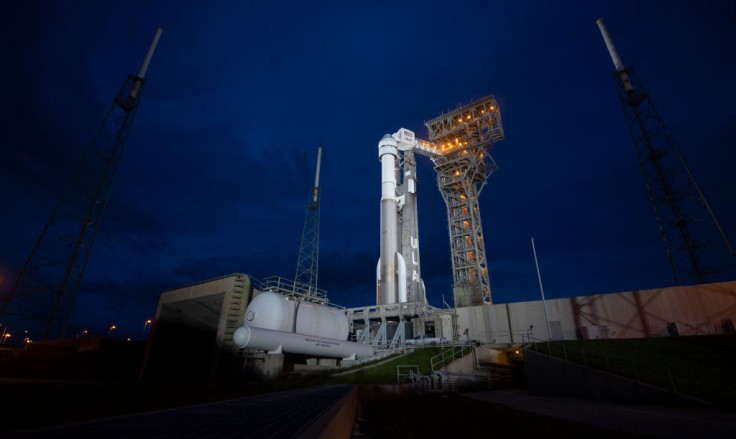
The Atlas V rocket lit up the predawn sky over Florida early Tuesday, December 7, as it launched a new NASA laser space communications satellite into orbit, along with a slew of additional payloads for the United States Space Force.
United Launch Alliance Atlas V
At 5:19 a.m., the two-stage Atlas V rocket launched from Space Launch Complex 41 at Cape Canaveral Space Force Station.
STP-3 was launched at 10:19 a.m. EST as part of a mission called STP-3 (Space Test Program-3).
However, due to heavy upper-level winds, the mission launched more than an hour later than scheduled, and after days of delays caused by a fuel leak at the launch pad.
With the help of five solid rocket boosters, the United Launch Alliance Atlas V rocketed into orbit.
Atlas V Rockets
The Atlas V, which is 196 feet tall, was launched in its heaviest configuration: the 551.
The rocket was propelled by five strap-on solid rocket motors, a single-engine Centaur upper stage, and the cargo was stowed inside a 16.4-foot-wide fairing.
In addition, this variant of the Atlas V has flown a dozen times, carrying a variety of payloads like NASA's Curiosity and Perseverance Mars rovers, as well as a slew of satellites for the Department of Defense.
Since the founding of ULA in 2002, this is the 90th flight of an Atlas V rocket.
This is also the 672nd launch of an Atlas rocket since its introduction in the 1950s.
Read Also: NASA Probes Hole in Atmosphere Above North Pole; Can This Affect GPS, Radio Signals on Earth?
Two Satellites of Atlas 5 launch
Furthermore, there are two satellites tucked inside the payload fairing, each housing a variety of technical prototypes and experiments that will be tested in space.
According to CBS News, most of the payloads onboard are classified, but they are resting on a new platform built for long-duration flight and sponsored by the US military's Space Test Program.
The spacecraft, known as LDPE-1 (Long Duration Propulsive Evolved Expendable Launch Vehicle Secondary Payload Adapter 1), is designed to keep payloads in orbit for up to three years.
Several of the additional payloads onboard have been revealed, including a unique laser communication payload for NASA.
The experimental satellite, dubbed Laser Communications Relay Demonstration (LCRD), would aid NASA in transmitting data across space as it prepares to return to the moon in the coming years.
Currently, the organization relies on radio frequency communications, although authorities claim that lasers are far more efficient.
Orbit Experimentation of Atlas V Launch
The experiment is being carried out on the STPSat-6 spacecraft, which also hosts the NASA-US satellite.
The Ultraviolet Spectro-Coronagraph mission of the Naval Research Laboratory is investigating the origin of solar particles from the sun.
A payload for the National Nuclear Security Administration that will detect nuclear detonations from space, as well as a novel form of space-based propulsion system that will be tested in orbit, is also on board.
The Atlas V launch was set to achieve a new endurance record for the launcher.
The two satellites onboard will be placed in a geosynchronous orbit around 22,000 miles above the equator, according to Space.com.
Therefore, the Atlas V's Centaur upper stage will burn three times in six and a half hours to reach the target orbit.









